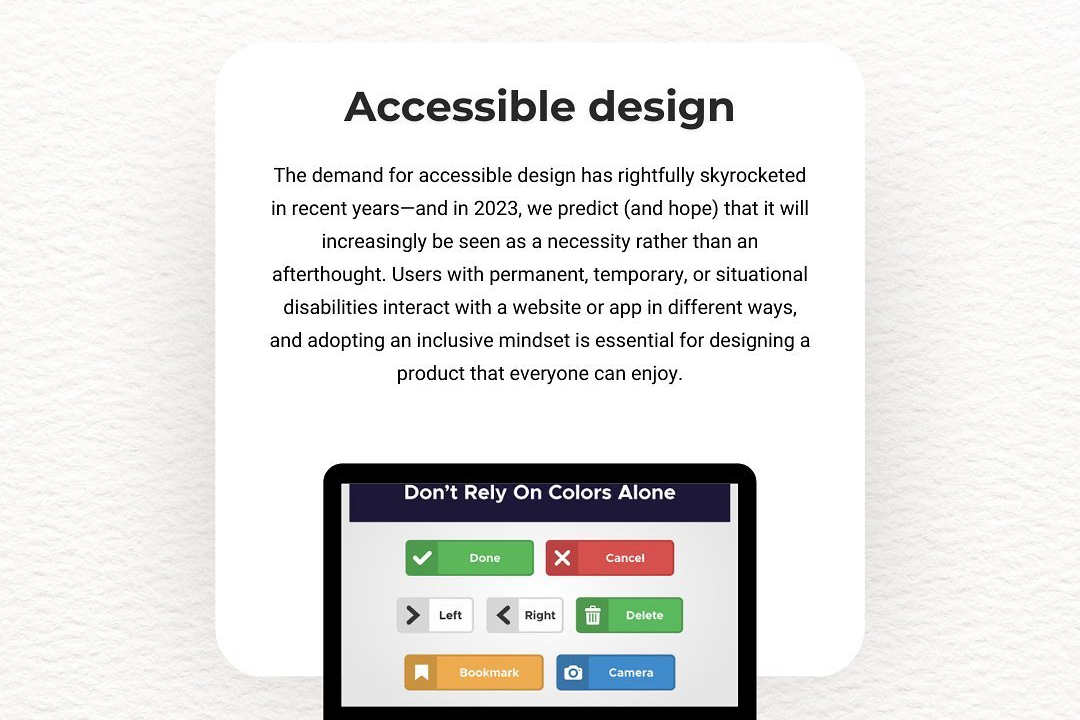Explain Defect Life Cycle In Manual Testing
The defect life cycle in manual testing refers to the series of stages that a defect, or bug, underg
Explain Defect Life Cycle In Manual Testing
The defect life cycle in manual testing is a crucial process that outlines the journey of a defect from its discovery to resolution, ensuring that software quality is maintained throughout the development cycle. It provides a structured approach for identifying, documenting, and tracking bugs, facilitating clear communication among team members and enhancing collaboration between testers and developers. By following this life cycle, teams can prioritize defects based on severity, ensure timely fixes, and verify that issues are resolved before the software release. This systematic process not only helps in minimizing risks associated with software failures but also improves overall project management and end-user satisfaction.
To Download Our Brochure: https://www.justacademy.co/download-brochure-for-free
Message us for more information: +91 9987184296
The defect life cycle in manual testing is a crucial process that outlines the journey of a defect from its discovery to resolution, ensuring that software quality is maintained throughout the development cycle. It provides a structured approach for identifying, documenting, and tracking bugs, facilitating clear communication among team members and enhancing collaboration between testers and developers. By following this life cycle, teams can prioritize defects based on severity, ensure timely fixes, and verify that issues are resolved before the software release. This systematic process not only helps in minimizing risks associated with software failures but also improves overall project management and end user satisfaction.
Course Overview
The “Defect Life Cycle in Manual Testing” course offers an in-depth exploration of the process that defects undergo from identification to resolution in software testing. Participants will learn each stage of the defect life cycle, including defect discovery, reporting, categorization, prioritization, resolution, and closure, along with best practices for effective documentation and communication. Through real-time projects and practical examples, students will gain hands-on experience in managing defects, enabling them to recognize the importance of rigorous testing and quality assurance in delivering reliable software products. This course is essential for aspiring testers and quality assurance professionals seeking to enhance their skills and contribute to successful software development projects.
Course Description
The “Explain Defect Life Cycle in Manual Testing” course provides a comprehensive overview of the stages a defect undergoes from its initial identification to its ultimate resolution. Participants will explore key phases such as defect discovery, reporting, prioritization, assignment, fixing, and closure, gaining insights into the importance of each step in maintaining software quality. Through real-time projects and practical exercises, learners will enhance their skills in effective defect management, learn best practices for documenting and communicating defects within a development team, and understand how a well-managed defect life cycle contributes to successful software delivery. This course is designed for individuals aiming to excel in manual testing and contribute to high-quality software products.
Key Features
1 - Comprehensive Tool Coverage: Provides hands-on training with a range of industry-standard testing tools, including Selenium, JIRA, LoadRunner, and TestRail.
2) Practical Exercises: Features real-world exercises and case studies to apply tools in various testing scenarios.
3) Interactive Learning: Includes interactive sessions with industry experts for personalized feedback and guidance.
4) Detailed Tutorials: Offers extensive tutorials and documentation on tool functionalities and best practices.
5) Advanced Techniques: Covers both fundamental and advanced techniques for using testing tools effectively.
6) Data Visualization: Integrates tools for visualizing test metrics and results, enhancing data interpretation and decision-making.
7) Tool Integration: Teaches how to integrate testing tools into the software development lifecycle for streamlined workflows.
8) Project-Based Learning: Focuses on project-based learning to build practical skills and create a portfolio of completed tasks.
9) Career Support: Provides resources and support for applying learned skills to real-world job scenarios, including resume building and interview preparation.
10) Up-to-Date Content: Ensures that course materials reflect the latest industry standards and tool updates.
Benefits of taking our course
Functional Tools
1 - Bug Tracking Tools: Bug tracking tools are essential for managing defects throughout the defect life cycle. These tools, such as JIRA, Bugzilla, and Mantis, allow testers to report, track, and manage defects effectively. They provide features like status updates, severity levels, and assignment options, enabling teams to prioritize defects based on their impact on the project. Bug tracking tools also facilitate collaboration among developers and testers, ensuring transparency in the defect resolution process. Students will learn how to utilize these tools to document defects systematically and monitor their progress until resolution.
2) Test Management Tools: Test management tools like TestRail and Zephyr help manage the entire testing process, including defect tracking. They assist in organizing test cases, executing test plans, and recording results. These tools often integrate with bug tracking systems, providing a seamless transition from defect identification during testing to resolution. In this course, students will understand how to leverage test management tools to streamline defect reporting and enhance overall project visibility.
3) Version Control Systems: Tools such as Git and Subversion play a vital role in defect management, particularly when collaborating on coding projects. They allow teams to track changes in the code, making it easier to identify when a defect was introduced or modified. Students will learn how version control systems contribute to the defect life cycle by providing insights into code changes related to reported defects, thereby facilitating root cause analysis.
4) Collaboration Platforms: Platforms like Slack, Microsoft Teams, and Confluence enhance communication among team members involved in defect management. Effective collaboration is crucial during the defect life cycle, especially when discussing defect statuses or resolution strategies. In this course, students will explore how to use these platforms to keep all stakeholders informed and engaged, ensuring that defects are addressed promptly.
5) Automated Testing Tools: Automated testing tools such as Selenium, QTP, and Appium can significantly influence the defect life cycle by identifying defects early in the testing phase. These tools enable repetitive execution of test cases, which can reveal defects that manual testing might miss. Students will be introduced to various automated testing tools and how they can complement manual testing efforts, ultimately leading to improved defect identification and resolution timelines.
6) Reporting and Analytics Tools: Tools that generate reports and analytics, such as Tableau or Google Data Studio, play a significant role in the defect life cycle by providing insights into defect trends and overall testing effectiveness. These tools can visualize data on defect density, time to resolution, and other key metrics that help teams assess their performance. In the training program, students will learn how to interpret these metrics and leverage them to improve testing processes and defect management strategies.
7) Continuous Integration/Continuous Deployment (CI/CD) Tools: CI/CD tools like Jenkins, CircleCI, and Travis CI automate the integration and deployment processes. They help to catch defects earlier by running automated tests each time code changes are made. This integration ensures that defects are identified quickly and addressed before they escalate. In this course, students will gain insights into how CI/CD pipelines contribute to the defect life cycle, enhancing code quality and reducing time to market.
8) Code Review Tools: Code review tools such as Crucible and Review Board facilitate peer reviews of code changes, which can help identify defects before they are even deployed. These tools promote collaboration and ensure that more eyes are on the code, potentially reducing the number of defects that make it into production. Participants will learn how these tools can be integrated into the development workflow to enhance code quality and prevent defects.
9) Root Cause Analysis (RCA) Tools: Root cause analysis tools like Fishbone diagrams and 5 Whys techniques can assist teams in identifying the underlying causes of defects. By using these techniques, teams can prevent recurrence and improve the overall quality of software. In this training, students will explore how to conduct effective root cause analyses to address defects at their source.
10) Performance Testing Tools: Performance testing tools like JMeter and LoadRunner can uncover defects related to how software behaves under different loads and stress conditions. These tools help identify performance bottlenecks and stability issues prior to deployment. Participants will learn how to use performance testing tools to ensure that performance related defects are addressed, contributing to a more reliable product.
11 - Security Testing Tools: Tools such as OWASP ZAP and Burp Suite focus on identifying security vulnerabilities within applications. By integrating security testing into the defect life cycle, teams can proactively address potential security risks before they become significant issues. This course will cover how security testing contributes to a robust defect management strategy, ensuring that applications are not only functional but also secure.
12) User Feedback Tools: Tools like UserVoice and SurveyMonkey allow for the collection of user feedback on software products. This feedback can lead to the identification of defects or areas for improvement from the end users' perspective. In this course, students will learn how to effectively gather and analyze user feedback, integrating it into the defect life cycle to enhance the overall user experience.
13) Documentation and Knowledge Management Tools: Tools like Confluence or Notion can significantly impact how defects are tracked and resolved by providing a central repository for documentation. This includes steps to reproduce defects, resolutions, and lessons learned. Students will explore how proper documentation can streamline the defect management process and facilitate knowledge sharing among team members, leading to quicker resolutions.
14) Mobile Testing Tools: With the rise of mobile applications, tools like Appium and TestComplete are vital for identifying defects in mobile platforms. These tools help simulate user interactions and test application functionality across multiple devices. In this segment, students will discover how to leverage mobile testing tools to ensure that applications function properly in various mobile environments, reducing user reported defects.
15) Risk Management Tools: Tools like RiskWatch and Risk Radar help identify potential risks associated with defects in software projects. By understanding risks, teams can prioritize defect fixing based on potential impact. Throughout this course, students will learn about the role of risk management in the defect life cycle and how to use these tools to focus on high priority defects that can have severe consequences.
Browse our course links : https://www.justacademy.co/all-courses
To Join our FREE DEMO Session:
This information is sourced from JustAcademy
Contact Info:
Roshan Chaturvedi
Message us on Whatsapp:
Email id: info@justacademy.co












